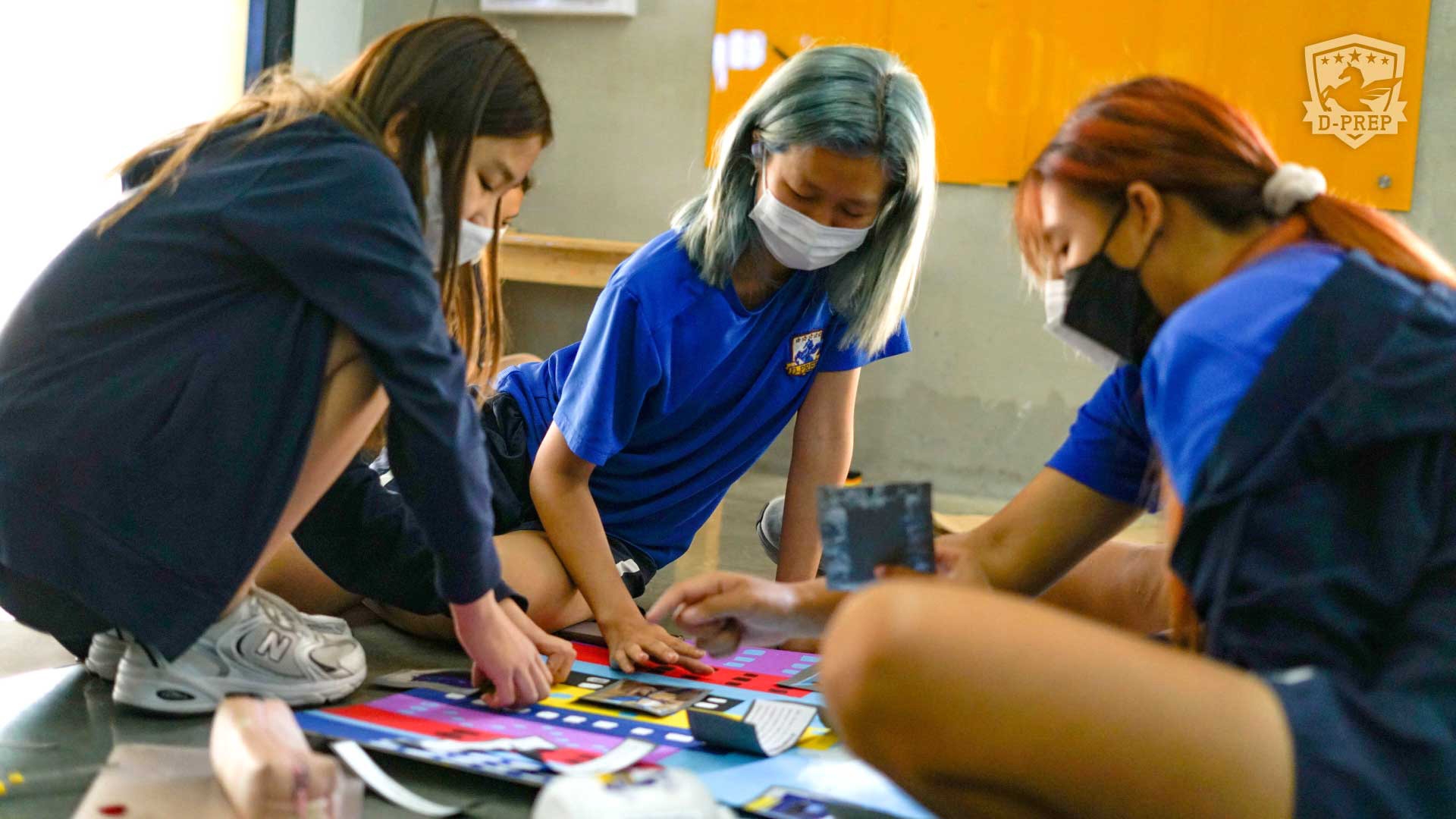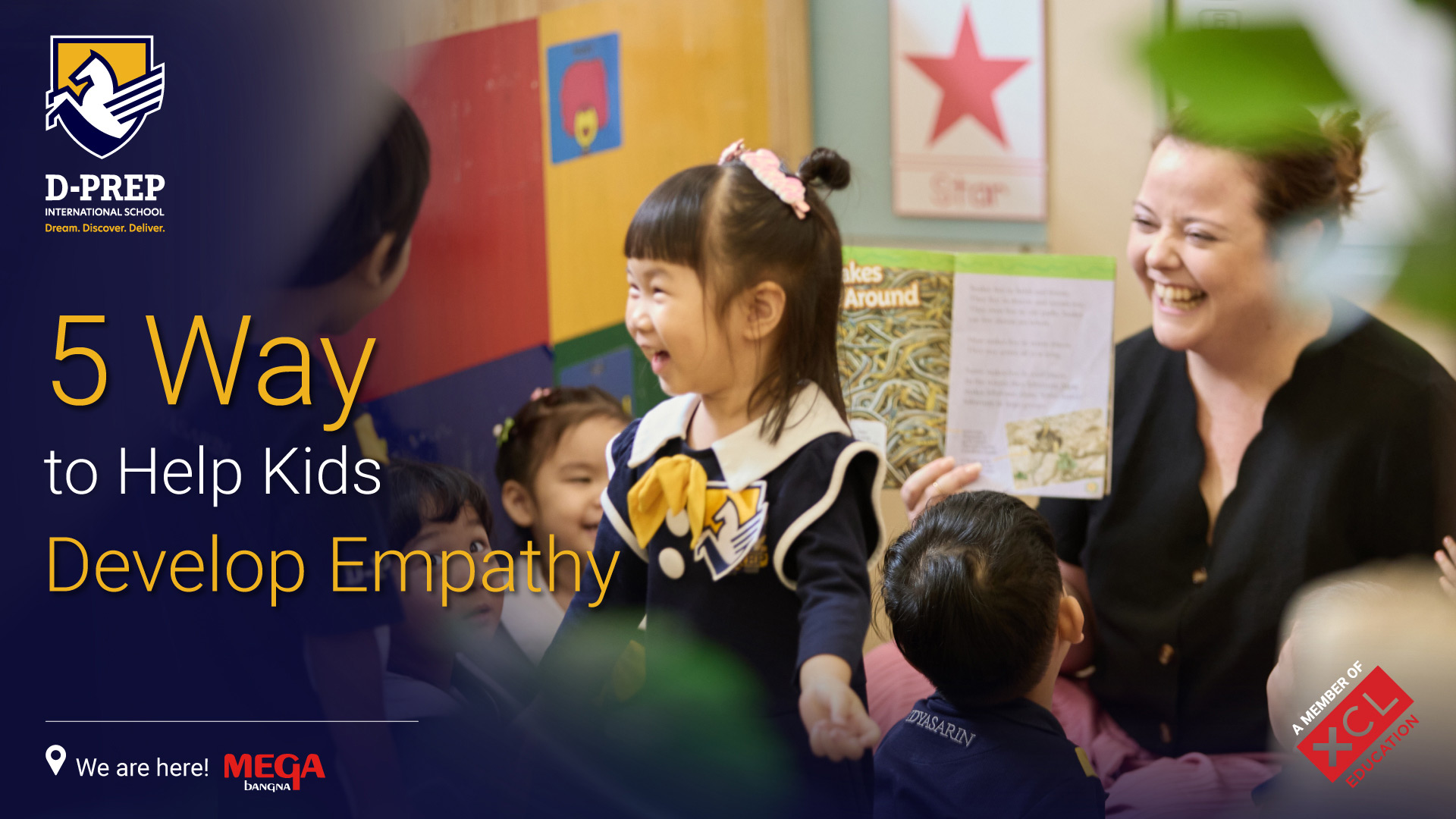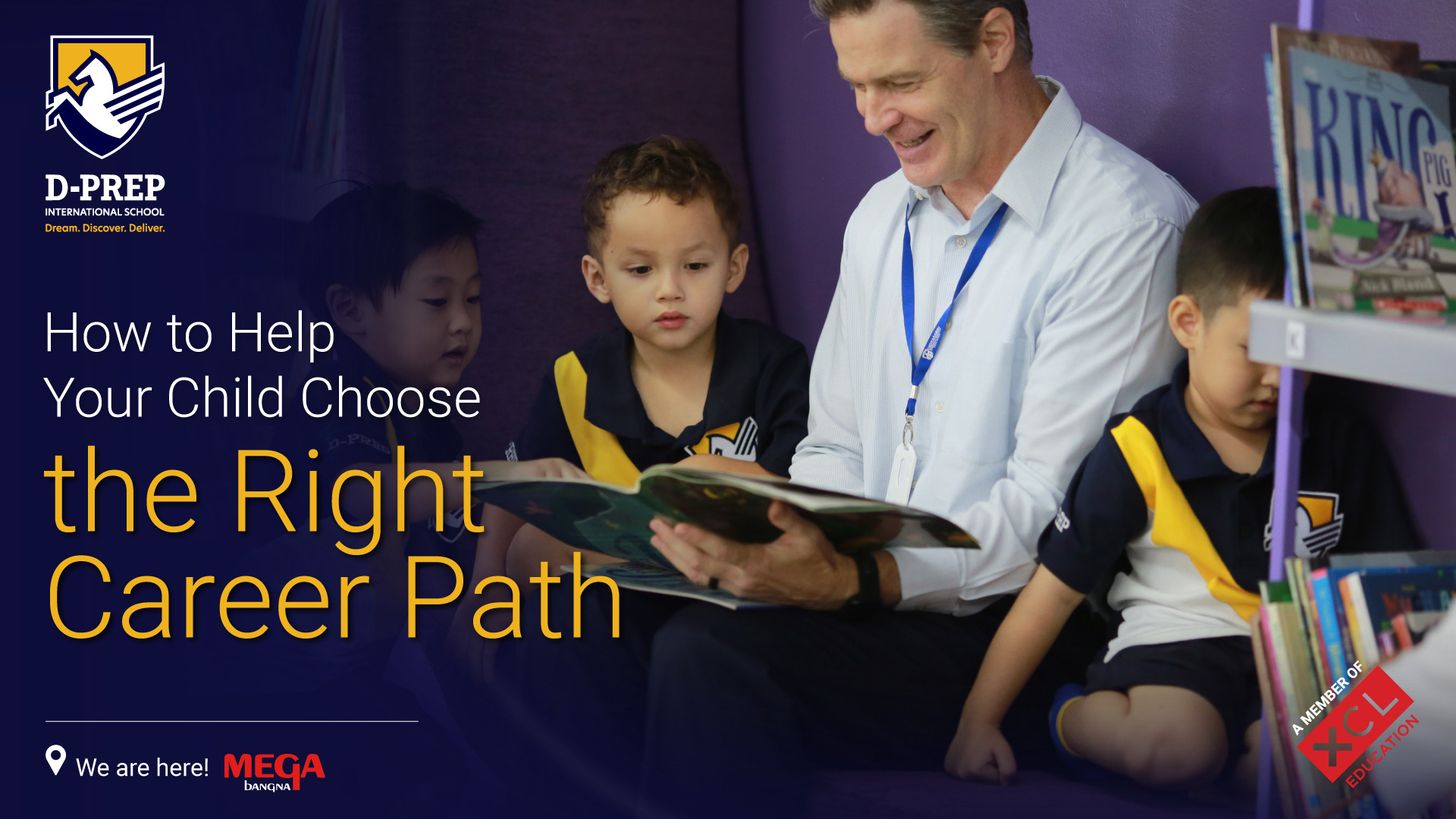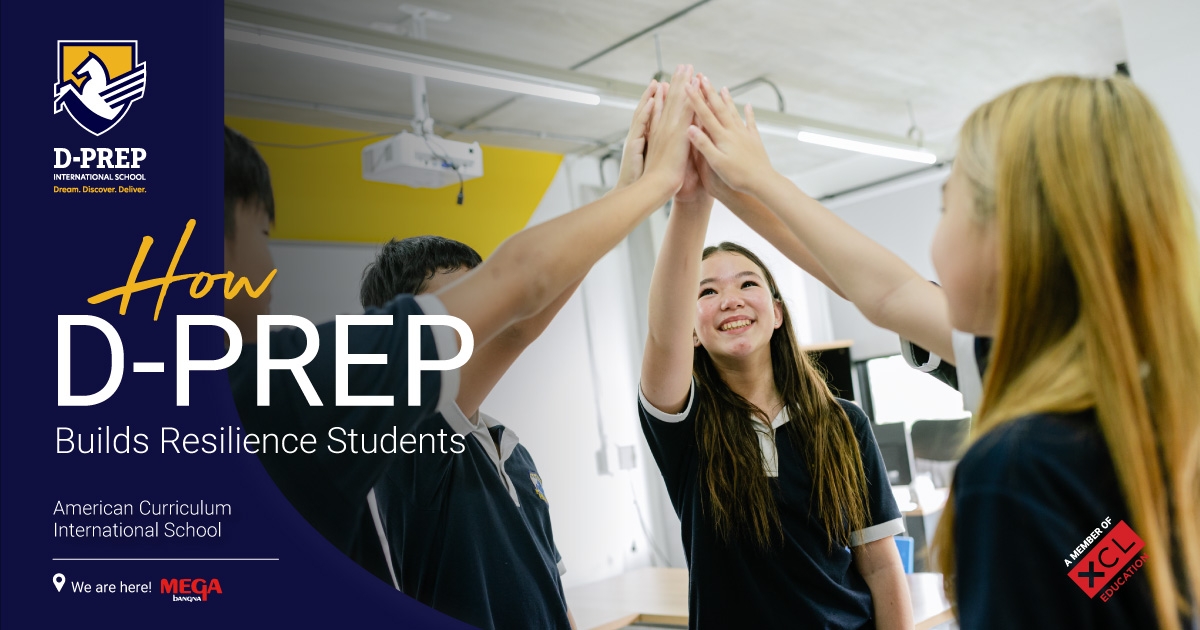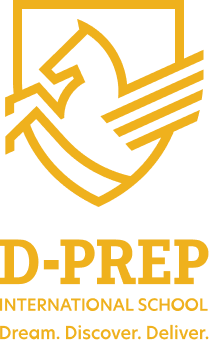As a teaching method, the Project Approach is becoming increasingly popular in schools worldwide. Because it can be applied to different subjects, many schools and educators found it an effective way to engage students, promote deeper learning, and prepare students for the real world.
In this article, we will dive deeper into the project approach and understand how it can be applied to children’s learning.
What is the Project Approach?
The Project Approach is an in-depth investigation of a topic undertaken by a group of students and guided by a teacher. It is based on the idea that children learn best when they are interested and engaged in what they are learning.
Students in a project-based classroom work together to explore a particular topic, question, or problem over an extended period, typically weeks or months. This approach helps students develop critical thinking skills, communication skills, and social skills.
The Beliefs of Project Approach
The project approach is founded on several beliefs and assertions, including:
- Children are natural learners who are curious and want to explore the world around them.
- Learning is a collaborative process, and students learn best when working with their peers.
- Learning should be connected to students’ interests, experiences, and backgrounds.
- Students should be active participants in their learning rather than passive recipients of information.
- Students should be encouraged to ask questions and seek answers to questions through investigation and exploration.
- Learning should be integrated across subject areas and involve a variety of media and materials.
Advantages of the Project Approach

There are many advantages to using the project approach in the classroom. These include:
- Encourages critical thinking – Working collaboratively on a project requires students to communicate their ideas effectively, listen to their peers, and work together to achieve a common goal.
- Enhances creativity – Students are encouraged to think outside the box and develop their own unique solutions to problems.
- Promotes communication skills – Working collaboratively on a project requires students to communicate their ideas effectively, listen to their peers, and work together to achieve a common goal.
- Fosters independence – The project approach encourages students to take ownership of their learning and take responsibility for their own work.
- Builds social skills – Students learn to work collaboratively, negotiate, and compromise with their peers, skills that will benefit them in all areas of life.
How D-PREP Applies a Project Approach to Teaching Strategies and Curriculum

There are many ways that we apply the Project Approach at D-PREP International School. One way is by teachers choosing specific topics that students explore in-depth. An example of this is when our Grade 5 students learned about the different world religions and how they affect people’s cultures.
To start this session, the students first learned about the different religions in class. Next, they went on a fieldwork to personally see the different religious places like churches and temples. There they got a first-hand experience of what it’s like to enter sacred places and how to conduct themselves inside. This experience helped them get a glimpse of what it’s like to be practicing the different religions. The Grade 5 students then culminated this experience by presenting everything they learned to parents and guests during the school’s Celebration of Learning event.
Another way that D-PREP applies the project approach in teaching is by integrating it into the subjects where students learn to investigate scientific inquiries. An example of this is the Grade 6 students’ recent Outbound, where they learned about marine life in-depth. In their investigation on life underwater, the students discovered that the rate of coral reefs dying is alarming.
To better understand what’s happening, the students interviewed various professionals like Dr. Nantarika Chansue, a distinguished professor from Chulalongkorn University, and Zackery Rago, a marine biologist from Hawaii. The students then learned that one way they can help the restoration of corals is by building coral nurseries.
Their project approach to this learning expedition officially concluded with an Outbound experience in Krabi, where they built their own coral nurseries with the help of professionals from Coralyfe, an organization that aims to restore the health of local coral reefs. The project was overall a success, and their coral nurseries can be found in Koh Yawasam, where they hope it will grow to be a safe home for aquatic life in Krabi.
Examples of Project Approach activities at D-PREP
D-PREP’s project approach varies for each grade level. One of the prominent project approach activities that we conducted was when the Middle School students embarked on an in-depth learning journey to understand poverty and why it happens. The goal of the project was to develop empathy and understanding for those experiencing poverty and create a positive impact on their community.
As part of their project, the students interviewed the founders of Bangkok Community Help, an NGO that helps the homeless through food and donation drives. This interview allowed them to learn about the issue from experts in the field and to hear about the impact that their organization has on the community.
Inspired by their learning and the work of Bangkok Community Help, the students decided to take action by donating food to those in need. They also took their project to the next level by starting their own NGO, Fresh Hope Foundation, which aims to give the homeless a fresh start.
Their big project with Fresh Hope Foundation included a magazine called War and Peace, which showcases the different stories of conflict that people from all walks of life experience. This magazine not only raises awareness about poverty and its effects on people’s lives but also aims to inspire readers to take action and make a positive difference in their communities.
Through this project, the students at D-PREP were able to gain a deeper understanding of poverty and its causes and to take meaningful action to make a positive impact in their community. They have shown that even young people can make a difference and create change and that empathy and understanding are crucial in addressing complex social issues such as poverty.
If you are interested in visiting the school, please contact
Address :
D-PREP International School
38, 38/1-3, 39, Moo 6,
Bangna Trad Rd., Km. 8,
Bang Kaeo, Bang Phli District,
Samut Prakan, Thailand 10540
Email: info@lady
Google Map: https://info.dprep.ac.th/directions
Tel: 02-105-1757, 082-1515922
Website : www.dprep.ac.th
Facebook: DprepSchool
Line: @d-prep
IG : @dprepschool

